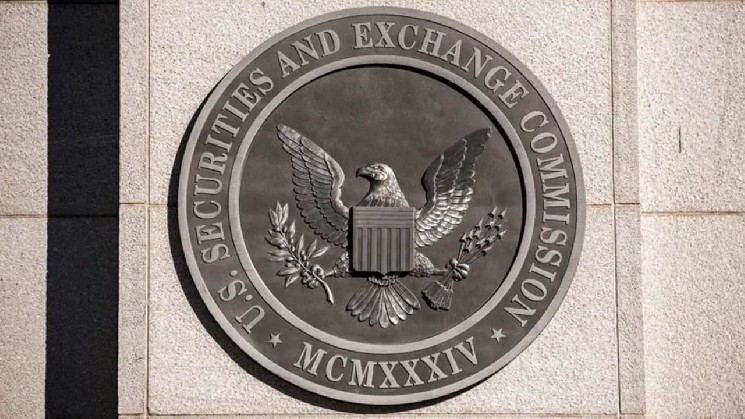SEC leadership is turning up the heat on outdated capital-raising rules, with bold signals that long-overdue Regulation A reforms could finally open floodgates for crypto ventures.
SEC Chair Blasts Regulation A Limits, Calls for Reform to Empower Crypto Issuers and Small Businesses
U.S. Securities and Exchange Commission (SEC) Chairman Paul S. Atkins urged a reassessment of Regulation A during Tuesday’s Small Business Capital Formation Advisory Committee meeting in Washington D.C., emphasizing that the current framework fails to serve a broad range of issuers, including those dealing with crypto assets.
Speaking on the sixth anniversary of the Committee’s founding, Atkins used the occasion to spotlight persistent regulatory hurdles hindering small business capital formation and the limited reach of Regulation A despite previous reforms. The SEC chief delivered pointed criticism of the regulation’s inefficiencies, stating:
Regulation A has not been a viable regulatory framework for widespread use by all issuers, including those offering certain types of crypto asset securities, to raise capital without disproportionate compliance costs.
He encouraged the Committee to explore both broad and targeted amendments to the rule, noting that while capital raised under Regulation A has surpassed that raised under Regulation Crowdfunding and rule 504 combined, it remains a fraction of that raised through rules 506(b) and 506(c). Efforts to boost adoption—such as raising the offering cap from $50 million to $75 million in 2021—have not spurred significant new activity, with the number of Regulation A offerings declining over the past two years.
The SEC chair posed several questions to the Committee aimed at making Regulation A more accessible. They included whether allowing at-the-market offerings—currently prohibited—would enhance capital access without undermining investor protections, and whether preempting state regulation for secondary resales under Tier 2 could improve liquidity. He also noted the rule’s limited geographic uptake, concentrated in six states, and called for analysis of why most other states saw two or fewer offerings.
Atkins’ focus on crypto asset issuers marked a significant shift in tone, hinting at regulatory willingness to integrate digital asset innovation into existing capital markets infrastructure. By highlighting the high compliance burdens faced by crypto ventures under Regulation A, he signaled potential for reforms that could reduce friction and create viable capital-raising channels for blockchain-based projects. While his remarks acknowledged current shortcomings, they also framed the upcoming regulatory discussions as a critical opportunity to expand access and inclusivity within the SEC’s capital formation mission.



